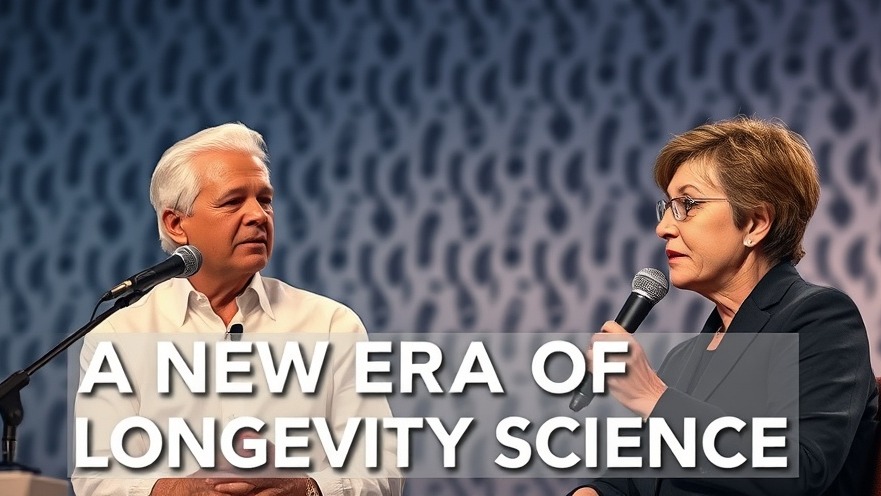
The Silent Danger of Extreme Heat
Heat waves are often overlooked, yet they pose one of the greatest risks to public health today. Unlike the dramatic effects of tornadoes or hurricanes, extreme heat creeps in slowly, often unnoticed until the damage is done. As temperatures soar, particularly in urban areas, the impact on vulnerable populations—such as the elderly, those with preexisting health conditions, and the homeless—can be staggering. For instance, in 2021, over a hundred individuals perished during a historic heat wave that enveloped the Pacific Northwest, an area ill-prepared for such intense temperatures.
The Need for Local Resilience
While global measures to combat climate change remain critical, our attention must also shift towards community-based solutions. Local initiatives can directly mitigate the adverse effects of heat waves. As discovered in Hunting Park, Philadelphia, for example, the introduction of shaded “heat respite areas” can make a significant difference. These spaces, designed with simple benches and umbrellas, offer crucial shade to residents, creating accessible spots for relief during scorching heat. Community involvement and local efforts are vital components in building resilience against extreme heat.
Health and Wellness Impacts of Extreme Heat
Extreme heat isn’t just uncomfortable; it can exacerbate existing health conditions and lead to severe consequences. As temperatures rise, the incidence of heat-related illnesses, such as heat exhaustion and heat stroke, can increase dramatically. Those dependent on medications, particularly for chronic health conditions, are at heightened risk when exposed to extreme temperatures. This makes understanding and addressing these risks at the community level essential for preserving public health.
Empowering Communities for Health and Wellness
Implementing simple yet effective measures can lead to significant improvements in public health. From creating more green spaces to offering water stations in high-traffic areas, every small step contributes to safeguarding community health. Additionally, educating residents about heat safety, recognizing the symptoms of heat-related illnesses, and promoting local health and wellness events further bolster collective resilience.
Future Predictions: Ongoing Challenges
Looking ahead, the threat of extreme heat is only expected to grow. With climate change influencing weather patterns globally, adaptation will prove crucial. Communities must proactively prepare—not just for the heat waves that have already started to occur but for a future defined by more frequent and intense temperature extremes. Local authorities, health organizations, and community members must work collaboratively to build stronger, more resilient neighborhoods.
Community Engagement as a Solution
As demonstrated by projects in Phoenix and Philadelphia, community involvement offers unique solutions to public health crises brought on by extreme heat. Building relationships between local health organizations and residents can enhance trust and facilitate effective communication during heat emergencies. These connections play a pivotal role in ensuring that everyone knows how to access resources or support during crises.
Conclusion: Steps Toward Optimal Health and Wellness
With heat waves becoming an increasingly prevalent factor affecting health and wellness, focusing on local solutions and community resilience is paramount. By implementing strategies like shaded areas, enhancing public awareness about heat safety, and fostering connections among residents, communities can take proactive measures to combat the silent threat of extreme heat. It's time to prioritize local health initiatives and work together to adapt to our changing climate.
 Add Element
Add Element  Add Row
Add Row 



Write A Comment